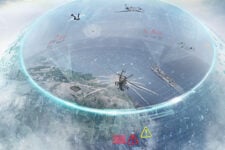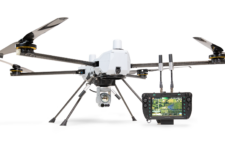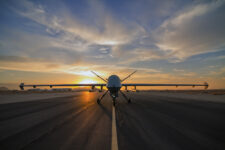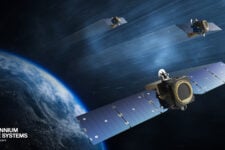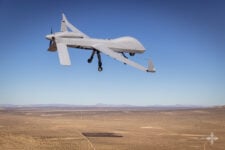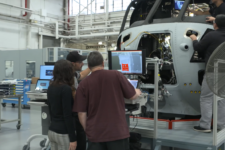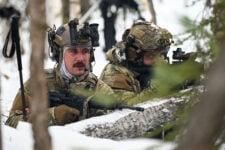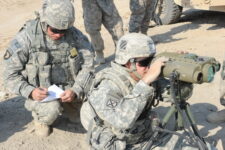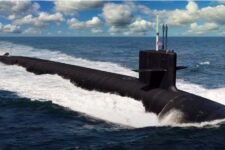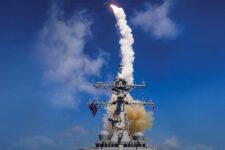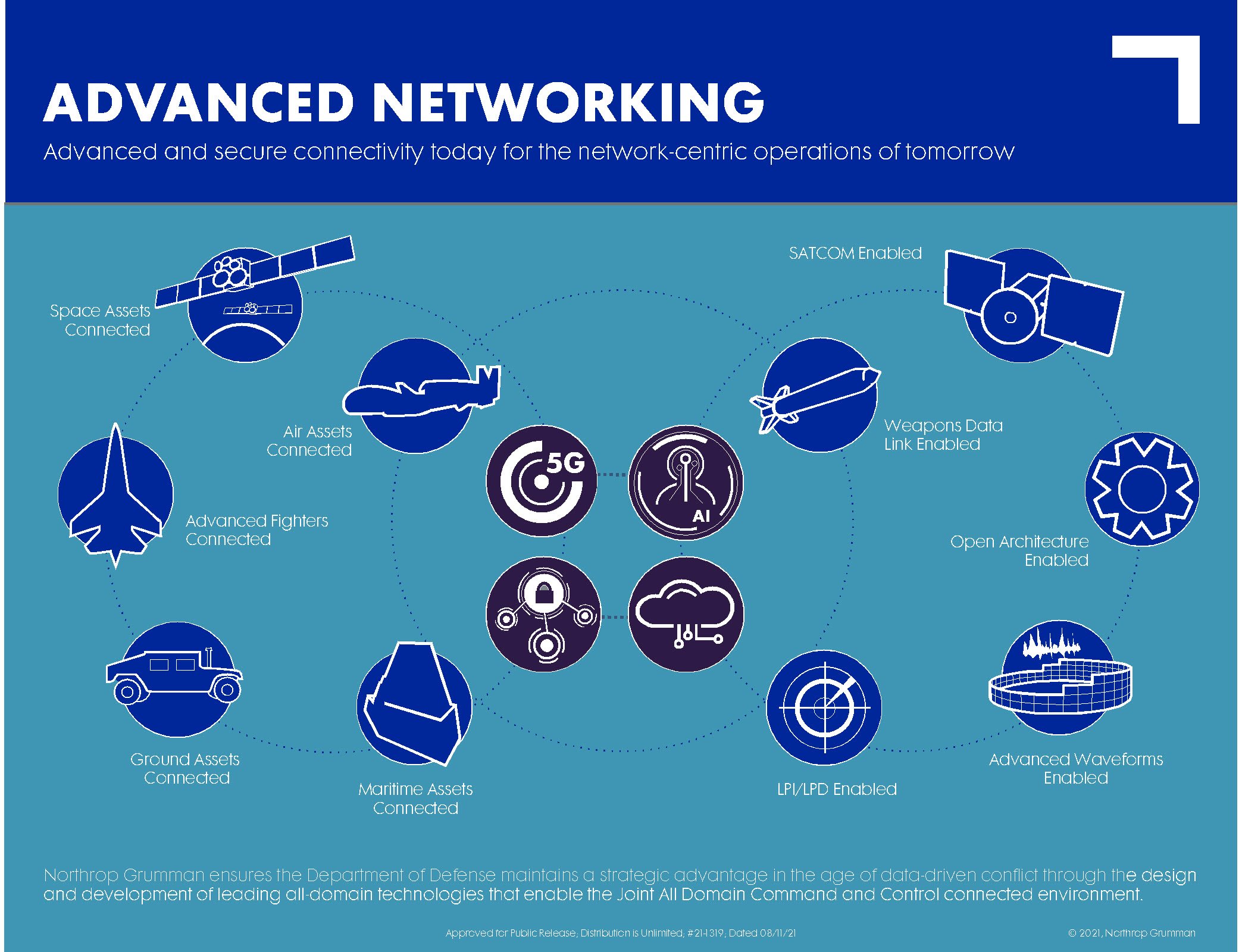The dialog around Joint All-Domain Command and Control (JADC2) understandably dwells upon the technologies—the sensors, networks, and surveillance platforms that will enable warfighters to share data across domains. Technologies are essential, but for warfighters it is the outcomes of JADC2 that are paramount.
The reasons are many. Adversaries will want to disrupt our communications but protected SATCOM will keep the lines open. They will want to blind our intelligence, surveillance, reconnaissance (ISR) but unmanned systems will provide early and constant situational awareness. Their goal will be to isolate our forces but Assured Positioning, Navigation and Timing (PNT) will help us fight as one.
“This is warfighting business. It’s not J-6 business. It’s not CIO’s business. It belongs with the warfighter,” said Lt. Gen. Dennis Crall, director of command, control, communications and computers and chief information officer at the Joint Staff. “This is about fires and speedy engagement.”
Mission Advantage Through a Connected Force
The Defense Department is pivoting from the Global War on Terrorism to a Great Power competition. That brings a variety of operational challenges in terms of increased levels of adversary capabilities and the pace of change across all the services. In such a competitive environment, the DoD is striving for the next decisive advantage under the reality of a constrained budget environment and on timelines that meet its operational needs and relevance.
Deterrence is the key word here. While an ultimate outcome of JADC2 is to win in a conflict if necessary, the more immediate outcomes are deterring a fight and managing crises so bullets never fly.
Notes the 2018 National Defense Strategy: “Some competitors and adversaries seek to optimize their targeting of our battle networks and operational concepts, while also using other areas of competition short of open warfare to achieve their ends (e.g., information warfare, ambiguous or denied proxy operations, and subversion). “These trends, if unaddressed, will challenge our ability to deter aggression.”
Chinese military strategist Sun Tzu was arguably the most insightful on the importance of deterrence when he wrote the following in the time Before Christ: “the supreme art of war is to subdue the enemy without fighting.”
Typical scenarios of JADC2 outcomes abound and illustrate why all-domain operations matter in a peer/near-peer environment to counter China and Russia, plus other bad actors like Iran and North Korea that have advanced air defenses. To achieve sufficient deterrence, we need forces that stay ahead of the scale and complexity of the future fight.
Such JADC2 deterrence could look like the following: U.S. Navy carrier-strike groups in the Pacific frequently operate with a Triton high-altitude, long-endurance maritime, unmanned ISR platform in overwatch. It’s a long-endurance platform that is always flying and can sense very specifically over long and wide areas of the oceans and seas.
JADC2 deterrence starts with the Triton conducting long-range sensing from high altitude. It relays data back to an E-2D Advanced Hawkeye airborne early warning system that in turn relays targeting information down to the carrier strike group, which then decides on the best course of action given the target, range, and options available to them.
Another scenario comes from the Marine Corps. As part of its Expeditionary Advanced Base Operations concept, the Marine Corps is pivoting to a position where it can exert sea-control capability from forward islands and lands. From an island such as Guam in the Western Pacific, U.S. forces can sense a large ocean area around them using a system like the AN/TPS-80 Ground/Air Task-Oriented Radar (G/ATOR), which is a Marine Corps program of record. That creates an opportunity under JADC2 to transmit long-range targeting data to the Navy tactical grid to support the any sensor, any shooter concept.
All of the systems and capabilities described above reside with Northrop Grumman, which understands that it is the operational outcomes and execution of missions in an all-domain environment that is most important.
JADC2 Provides the Information Advantage
Creating an observe, orient, decide, and act (OODA) loop that allows for the sensing, sharing of data, targeting, and decision-making speed faster than ever before will be the true mission advantage in the Great Power competition.
“Information advantage is one of the most important areas where we can truly achieve the orders-of-magnitude impact and mission effectiveness that the DOD is looking for,” according to Ben Davies, sector vice president and general manager of Northrop Grumman’s newly established Networked Information Solutions (NIS) division, which brings together connectivity and processing technologies to enable JADC2 such as secure communications and networking, advanced and secure processing, full-spectrum cyber capabilities, and artificial intelligence/machine learning (AI/ML).
“It can be achieved by connecting any sensor to any shooter – regardless of the domain and platform – and doing it with resilience and speed that will ensure decision superiority to both overwhelm in an actual conflict situation and deter the enemy in a peacetime situation,” said Davies
Improving the tactical timeline by giving warfighters the data they need to make decisions also requires that information be collected from multiple domains and different platforms and presented through a common operating picture. It is through accelerated connectivity that the sensors, weapons, and platforms come together across both military warfighting domains and security domains like unclassified, classified and secret.
“The importance of platform-agnostic networking systems with open architecture and multi-level security can’t be emphasized enough,” said Jenna Paukstis, vice president of the Communications Solutions Business Unit within NIS. “Being able to effectively translate data between previously siloed platforms, and to provide all-domain, interconnected, near-real time communication links in a resilient manner are outcomes our warfighters and government customers want. It shouldn’t matter where the data comes from as the goal is securely accessing it exactly where and when it’s needed.”
Having access to data in near-real time means that warfighters can also make decisions and take action in near-real time.
“Historically those planning cycles take days and weeks” observed Sarah Schellpfeffer, technology fellow in Northrop Grumman’s Space Systems sector. “With the enabling technologies that are available and having them implemented in the right way with the right programs as needed, the timelines come down to minutes and seconds. That is a metric or an outcome that is relevant and tangible to the warfighter.
Solving Distributed, Long-Range Kill Chains
One of the key, common outcomes that the military services have described is the need to solve distributed and long-range kill chains by linking space assets with air assets with naval surface assets equipped with advanced missiles and weapons. Also, the ability to move data through resilient networks with processing at the edge must occur in denied, degraded, intermittent, and low-bandwidth environments.
These are objectives that will operationally connect the various U.S. military services closer than they’ve ever been before, while acting as force multipliers with the nation’s international partners. The Navy, in particular, is interested in creating the robust networks we described earlier as it will be the forward service that is most in contact with China. At the same time, the Navy has a unique challenge because of its operational environment.
“Basically it’s an away game for us; it’s a home game for the adversary,” said Thomas Wears, director of program development in Northrop Grumman’s Maritime/Land Systems & Sensors division. “Operating that far forward, the Navy cannot assume or rely on existing standalone systems that will be in place at the time a conflict arises. They also need an organic capability within both the carrier strike group and other platforms that are operating in an area that can sense, network, communicate, and integrate as a battle group in the event that external support is unavailable.”
There are specific challenges associated with creating overmatch in such an environment.
“We listen to the Navy’s OVERMATCH mission needs and timelines for fielding those capabilities,” relayed Wears. “We are committed to helping the Navy team understand what can be done in the near-term to achieve overmatch capabilities, as well as transition those into the long-term solution required for this future fight and also how it plugs into the JADC2 architecture.”
And what might the needs of the Navy and Marine Corps be, and, by association, all the other military services?
NAVWAR is laser-focused on delivering what they call the minimum viable products as part of a carrier strike group in 2023, said Wears, adding that this timeframe is when the Navy’s acquisition command in San Diego would like to see some existing sensors, platforms, and systems networked or integrated in a different manner than they are today to provide the overmatch capability that’s needed.
Northrop Grumman is actively pursuing that challenge and has a wide canvas of systems to work with.
“We’re partnered with the Navy to show them where Northrop Grumman may have developed a capability for another service or another application, and which may have applicability in the Navy’s near-term vision for connectivity,” said Wears. “Specifically, we’re showing them how they can integrate a comms node with existing platforms to better connect critical systems needed to support the mission.”
All-Domain Operations a Reality Today with IBCS
Some of the conversation around the outcomes of JADC2 are doable but still theoretical. However, there is one all-domain system that is continuously proving its worth—the Army’s Integrated Air and Missile Defense Battle Command System (IBCS). The architecture that IBCS leverages brings to reality many of the elements required for JADC2.
“IBCS is an instantiation or a single use of our adaptable architecture that is open, dis-aggregated, scalable, and resilient,” explained Christine Harbison, sector vice president and general manager of Northrop Grumman’s Combat Systems and Mission Readiness division. “As part of the IBCS program, we’ve demonstrated that the architecture can connect historical stove-piped systems from across different domains and within contested airspace to provide a single air picture. From an operational standpoint, this allows more time to act, expansion of the battlefield, and the ability to minimize resources. In collaboration with the U.S. Army, we’ve been able to connect C2s to C2s so that they can leverage the architecture and both pass and enable access to data that provides a shared view of the battlespace and which enhances speed in decision making.
“This flexible and extensible architecture uniquely leverages in a federated manner across multiple C2’s and integrates across rather than replace them. This not only preserves the unique mission-specific capabilities inherent to each but also circumvents having to recertify weapons for use to ensure rapid fielding. This open-architecture approach to integrating legacy and evolving capabilities increases weapons effectiveness through a network, and connects and fuses multi-service operations at relevant speeds. This is what we’ve been able to demonstrate and prove, and IBCS is having great successes from a program standpoint.”
The program’s latest accomplishment came in mid-July when the Army successfully engaged a cruise-missile target in a highly contested electronic attack environment during a developmental flight test.
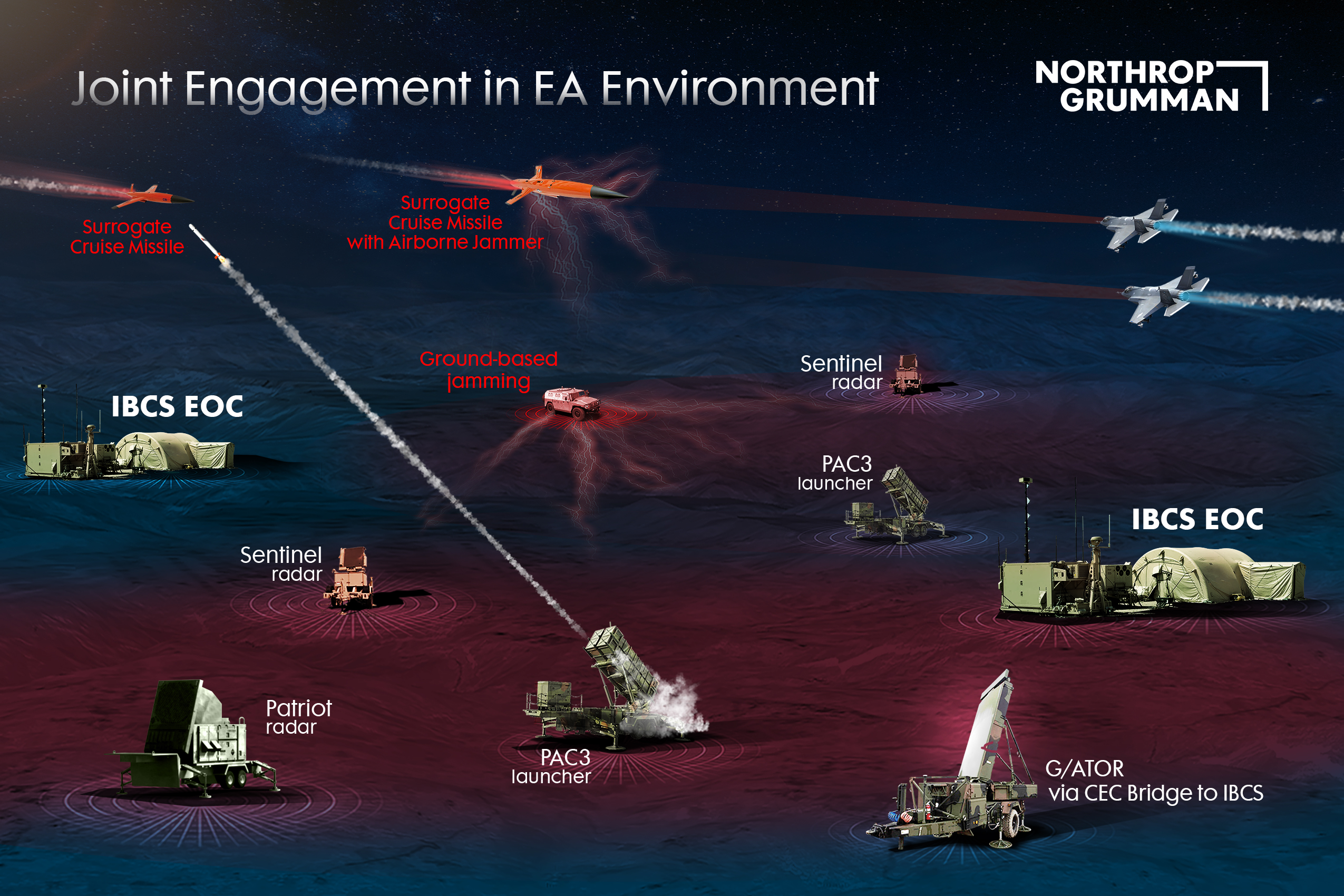
Photo: Courtesy of Northrop Grumman.
The test at White Sands Missile Range in New Mexico demonstrated the integration of multiple service assets providing an integrated kill-chain for effectors to neutralize an evasive target. The flight test incorporated first-time live testing and demonstration of a Joint Track Manager Capability that provided a bridge between Army’s IBCS and the Navy’s Cooperative Engagement Capability sensor network, enabling the sharing of G/ATOR track data on the IBCS Integrated Fire Control Network (IFCN). The flight-test also incorporated two F-35 combat aircraft integrated on the IFCN with on-board sensors contributing to the IBCS-developed joint composite track used to perform the engagement. By integrating Army, Navy, USMC, and USAF assets to provide a joint “kill-web”, the incredible flexibility of the IBCS architecture to realize JADC2 was achieved.
“The integration of additional sensors from multiple services continues to show the power inherent in the IBCS architecture and design to incorporate and integrate joint sensors across multiple domains,” said Harbison. “By enabling joint operation and utilizing multiple sensors to create a single operational picture, IBCS was able to operate through the electronic-attack environment so soldiers can identify, track, and ultimately intercept the threat.”
This was the eighth of eight successful developmental or operational flight tests performed with the IBCS program. The test was conducted as risk reduction prior to beginning the Initial Operational Test & Evaluation (IOT&E) phase this fall.
Open Architecture Key to JADC2
The key to realizing the DoD’s vision for JADC2 outcomes is development of truly platform-agnostic capabilities that can link both new platforms and legacy ones. With an open-architecture approach that builds in security and resiliency, the military services will be able to better deter adversaries, fight as a unified force, and eventually integrate partners into integrated operations.
Northrop Grumman views itself as a DoD industry partner, and has an obligation to help the military services solve their challenges such as those presented by the Great Power competition. By working with the DoD to leverage technologies, systems, and applications that may have been developed by one military service or another and quickly integrate those into the JADC2 environment to support missions needs, the military will be able to realize the benefits of JADC2 by making the most of existing systems and platforms.


